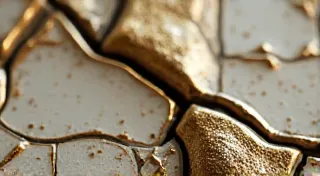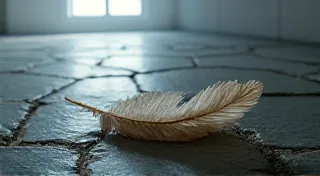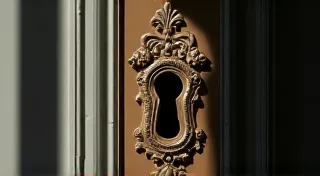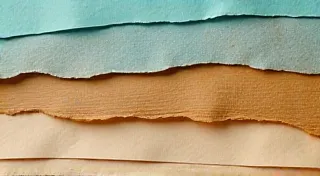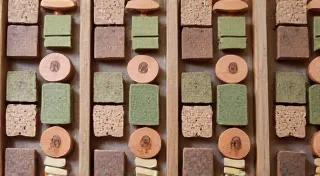The Alchemy of Rust: Transforming Decay into Resonance in Clock Restoration
There's a quiet dignity in age. It whispers through the grain of a well-worn leather armchair, shimmers in the cracked glaze of a porcelain doll, and most profoundly, resonates within the ticking heart of an antique clock. To witness the slow creep of time etched into these objects – the fading gold leaf, the tarnished brass, the encroaching rust – can feel like a melancholic observation of loss. But for those of us drawn to clock restoration, it's an invitation: an invitation to participate in a transformative process, to breathe new life into something seemingly lost to the relentless march of years. It’s, in a sense, a modern echo of alchemy, where decay becomes the raw material for rebirth.
My journey into this craft began not with a scientific understanding of mechanics, but with an emotional pull. As a child, I was captivated by my grandfather’s grandfather clock – a stately, mahogany sentinel that dominated the hallway. Its rhythmic tick-tock wasn't just a sound; it was the heartbeat of our family, a tangible link to generations past. When it eventually succumbed to the ravages of time, its once-gleaming brass weights coated in a film of stubborn rust, I felt a profound sense of loss. It sparked a desire, not just to fix it, but to understand what had caused its decline and how to arrest it.
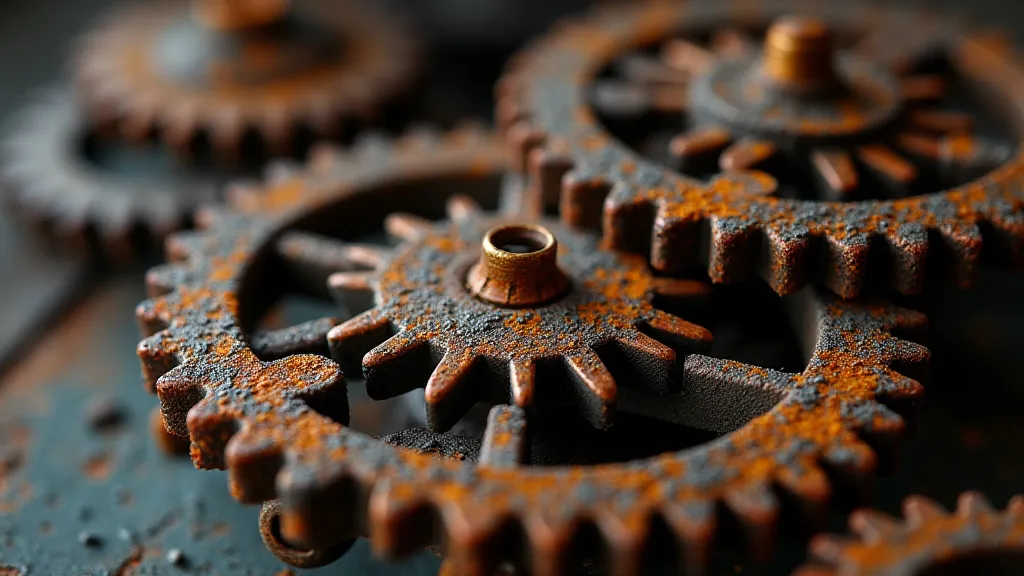
The Nature of Rust: More Than Just Discoloration
Rust, chemically known as iron oxide, is the nemesis of any clock restorer. It’s a natural process, the result of iron reacting with oxygen and moisture. While inevitable, understanding *why* it occurs is key to effective restoration. It’s not merely an aesthetic issue; corrosion weakens metal, can seize gears, and ultimately compromises the clock's functionality. The humidity in storage, acidic polishes used decades ago, even the salts leached from wood – all contribute to its progression. It's fascinating to consider the historical context of clock manufacturing and the shifts in regions, some thriving and others fading, often due to factors that directly impacted the materials used and the environment in which clocks were made. For a glimpse into those shadows of industry and the stories behind their rise and fall, it’s a journey well worth taking.
Consider the history embedded within that rust. Each layer tells a story of the clock’s journey – where it was housed, how it was cared for, the changing environments it endured. Ignoring the rust completely would erase a piece of that history. The challenge lies in removing the destructive element while preserving as much of the original patina as possible. A perfectly pristine clock, stripped bare of all trace of its past, loses something vital - its soul, if you will.
Techniques for Reclaiming the Metal
The approach to rust removal depends on the severity of the corrosion and the delicacy of the component. Gentle methods are always prioritized. Firstly, a thorough cleaning with mild soap and distilled water is essential, removing surface grime that might mask the extent of the damage. For lighter rust, a soak in white vinegar can work wonders, loosening the oxide layer enough for mechanical removal. Fine brass brushes, specialized rust removal cloths, and even baking soda paste, gently applied, can be surprisingly effective.
More stubborn rust demands stronger measures. Electrolysis, a technique borrowed from metalworking, can be remarkably efficient. It involves using an electrolytic cell to reverse the oxidation process, drawing the rust away from the clock component and depositing it onto a sacrificial anode. This method, while powerful, requires careful control and understanding of electrochemical principles to avoid damage to the underlying metal. Chemical rust removers, containing acids like phosphoric acid, are also available, but their use should be approached cautiously, always testing on a small, inconspicuous area first. The risk of etching the base metal is a real concern.
Mechanical removal, using tools like fine files, rotary tools with abrasive bits, or even dental picks, is often necessary for localized rust spots. This requires patience, a steady hand, and a keen eye for detail. It’s a delicate balancing act – removing the rust without scratching or deforming the original metal. The goal isn't perfection; it's restoration. A few faint scratches are preferable to an overly aggressive polish that obliterates the original finish. Understanding the value of antique clocks, and how to navigate the collector's landscape, is another skill entirely. The tapestry of time can be a valuable tool for anyone interested in acquiring or appreciating these timekeeping treasures.
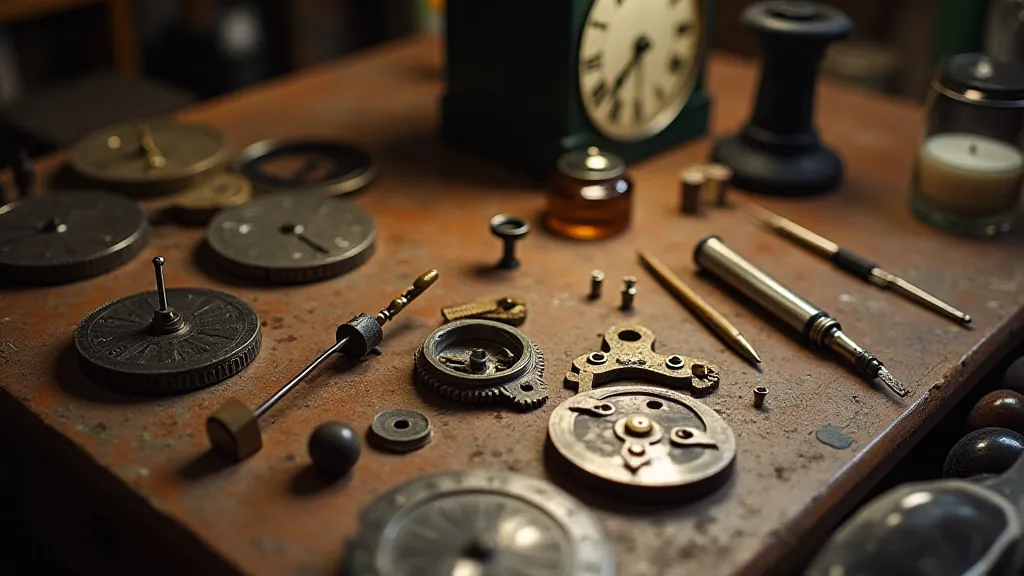
Preserving the Patina: A Matter of Philosophy
The term "patina" often gets tossed around in the antique world, but in clock restoration, it holds a deeper significance. It refers to the subtle aging, the accumulated tarnish, and the delicate variations in color and texture that develop on metal surfaces over time. It’s a record of the clock’s history, a visual testament to its journey. The stories locked within these intricate mechanisms are often more captivating than any textbook description. Exploring the weight of silence within these antique mechanisms reveals a deeper appreciation for the craftsmanship and history they embody.
Many modern restorers are moving away from the practice of aggressively polishing antique clocks to a mirror shine. Instead, the emphasis is on preserving and enhancing the existing patina. This might involve selectively cleaning areas to reveal the original luster while leaving other areas untouched to retain the character of age. A light application of a protective coating, such as a microcrystalline wax, can help prevent further oxidation and maintain the clock’s appearance for years to come.
There’s an inherent beauty in imperfection. The faint scratches, the subtle color variations, the uneven texture – these aren't flaws to be eradicated; they's elements that contribute to the clock's unique character. They speak of a time when craftsmanship was paramount, when machines were less precise, and when a clock was more than just a timekeeping device – it was a work of art. It's a fascinating prospect to consider how the rise and fall of different manufacturing locations also contributed to this variation in quality and design.
Beyond Mechanics: The Emotional Resonance
Restoring an antique clock is more than just a mechanical exercise; it’s an act of conservation, a bridge to the past. It’s about reconnecting with the hands that crafted it, the lives it has witnessed, and the stories it holds within its ticking heart. Holding a corroded gear in your hand, feeling its weight and texture, you can almost imagine the clockmaker meticulously filing it, ensuring its perfect fit. The sheer complexity of these antique clocks, combined with the delicate processes involved in their restoration, often leads to many mysteries and unforeseen challenges.
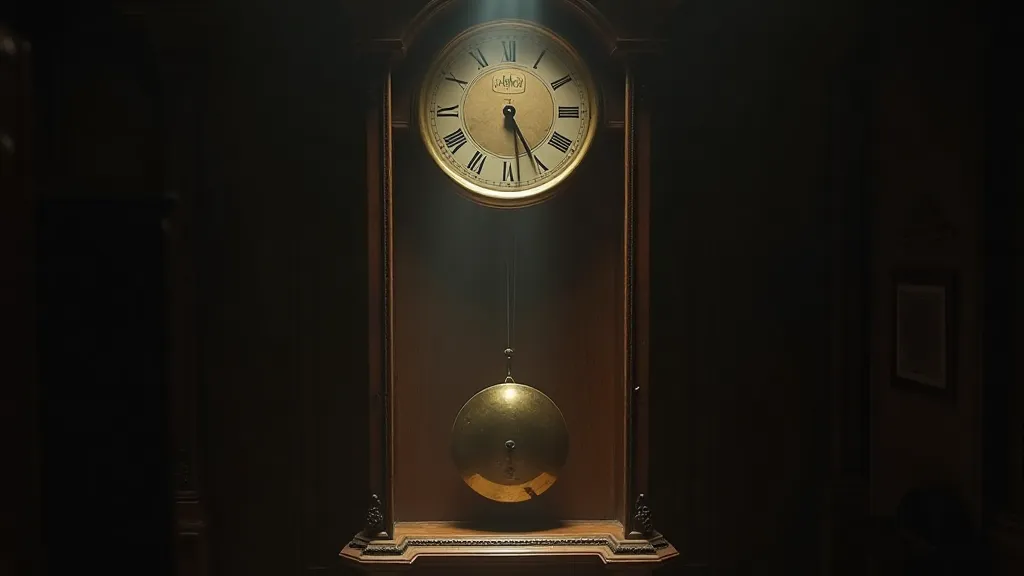
When, after hours of careful work, a seemingly hopeless clock finally begins to tick again, the sense of accomplishment is profound. It’s a resurrection, a renewal of a legacy. And in that moment, you understand the true alchemy of clock restoration: transforming decay into resonance, loss into legacy, and silence into the enduring voice of time. The preservation of these stories isn't just about the physical restoration of the clock, but also about understanding and communicating the history and context that shaped its existence.
Further investigation into the intricacies of clock repair and troubleshooting often reveals unexpected complexities and a deeper appreciation for the skill and ingenuity of the original clockmakers.
Consider the environmental factors that contributed to the clock’s deterioration, from the humidity levels in the storage environment to the types of polishes and cleaning agents used throughout its lifetime. Each of these factors tells a story, and understanding them is crucial to ensuring the long-term preservation of the clock.
The journey of restoring an antique clock is a continuous learning process, a constant exploration of history, mechanics, and the enduring power of craftsmanship.
